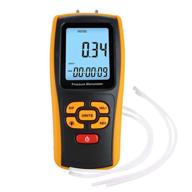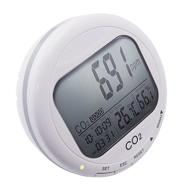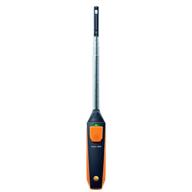
Review on 🌱 Optimized Hydroponic Calibration Solution for Gardening by Brent Porter

Easy to use but inconsistent between batches
Just finished a batch and opened a new bottle. I tested the same three liquids (hydroponic nutrient solution) and got different results between two batches of General Hydroponics GH1516. The tests took place in the same environment with a difference of several minutes. In the figure, the three liquids are shown in three columns, with the top row representing the "old batch" and the bottom row representing the "new batch" GH1516. In the left and middle sample, the value of the old batch is around 0.5. The pH is higher than the new batch. The right sample is more difficult; The new batch test (bottom row) was performed after sufficient pH Up (based on previous titrations) was added to the test tank to raise the pH by about 0.5 units and it should be yellow (er). It is clear that the pH of the old batch was about 0.5 higher than the new batch, but which one is correct (if any). I got a calibrated lab pH meter for a few days and tested a new batch. The new batch appears to be reading correctly, meaning that in the months I've been using the old batch, my nutrient solution has been at least 0.5 more acidic than I wanted. between batches, which makes me very uncomfortable. Luckily I can test each batch with a good pH meter so I'll keep using this product for now. However, it would be nice if someone could explain what's going on and how people without access to expensive testing equipment can be sure the pH is accurate.
- Great for me
- No instructions
New products
Comments (0)
Top products in 🔬 Substance Analysis Instrumentation

Efficiently Test Your Antifreeze And Battery Acid With A 3-In-1 Refractometer

18 Review
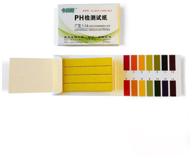
80 Pieces Water Test Litmus Strips Litmus ph Paper Soil Acidity Meter Liquid pH Tester 1-14

10 Review
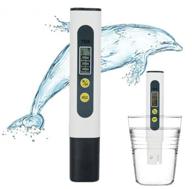
TDS water quality tester - TDS water hardness meter (portable digital salt meter for water analysis)

9 Review
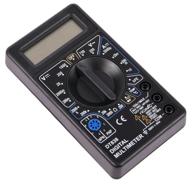
Portable digital multimeter with sound continuity and thermocouple (electric tester) LTX DT-838

7 Review


